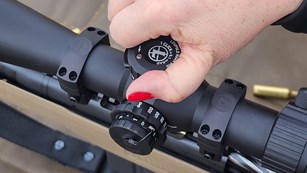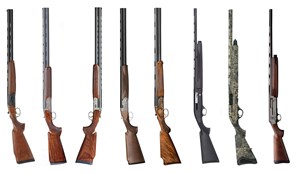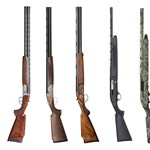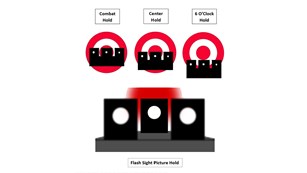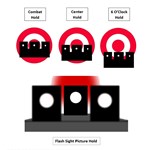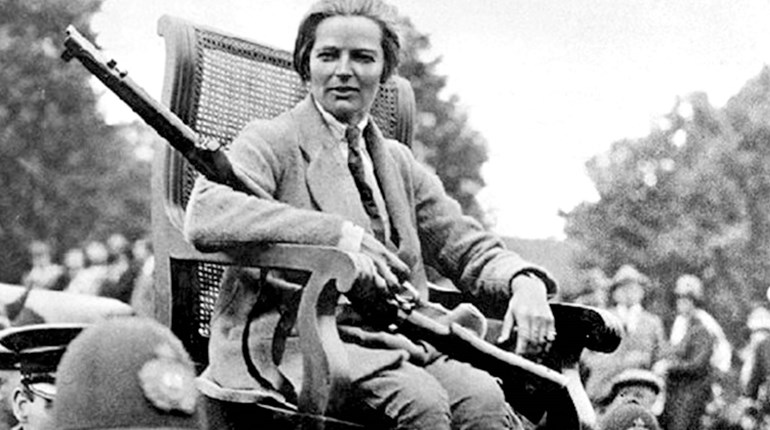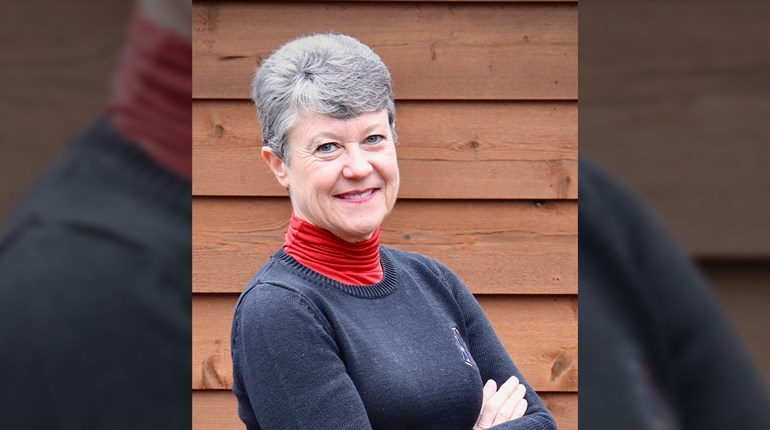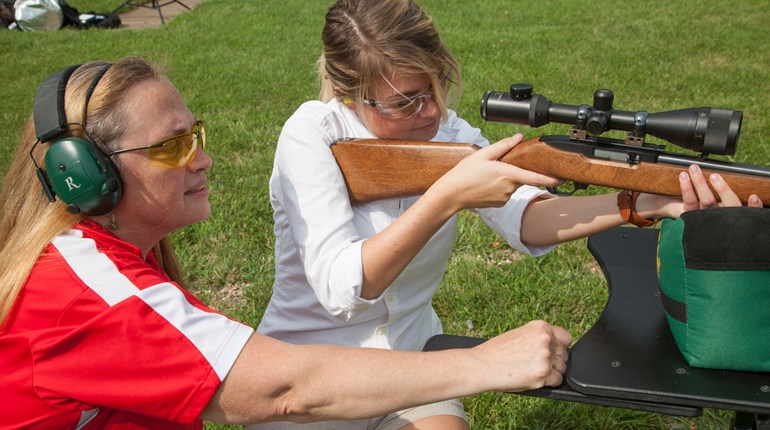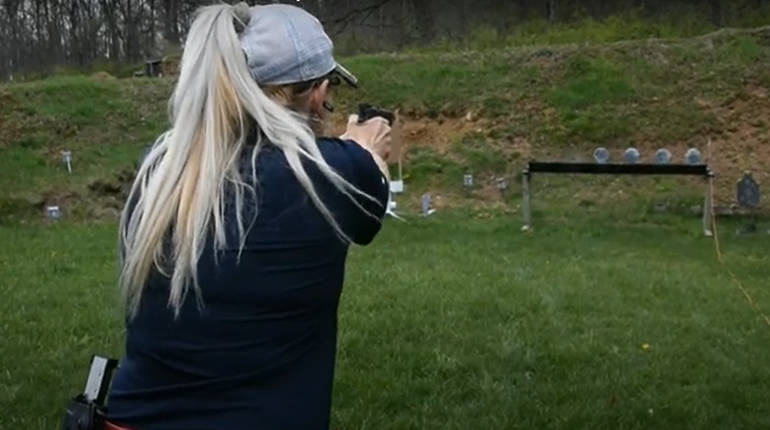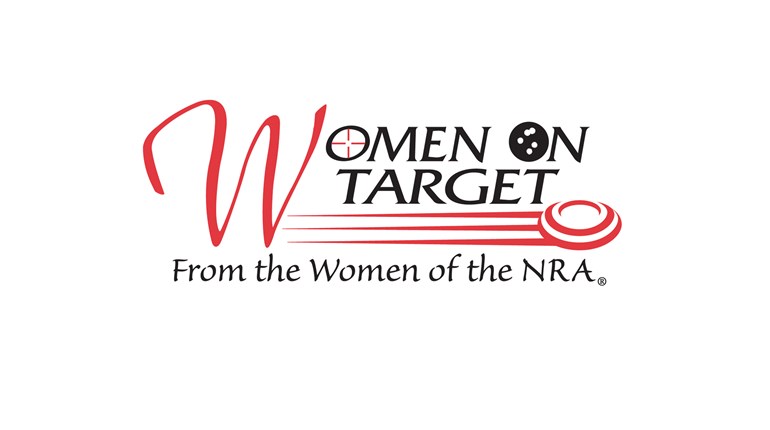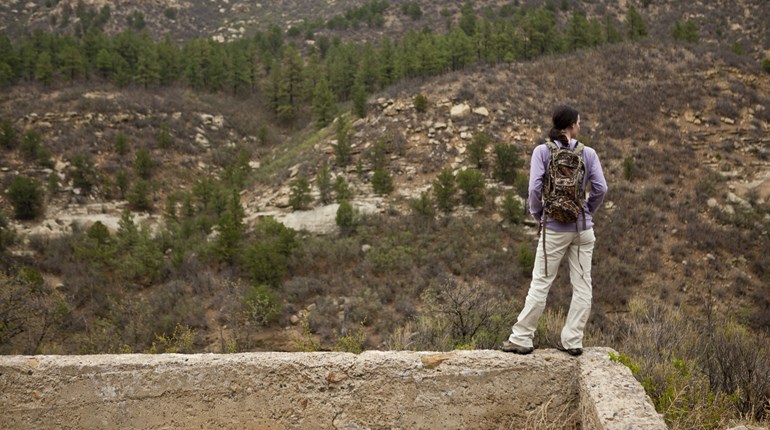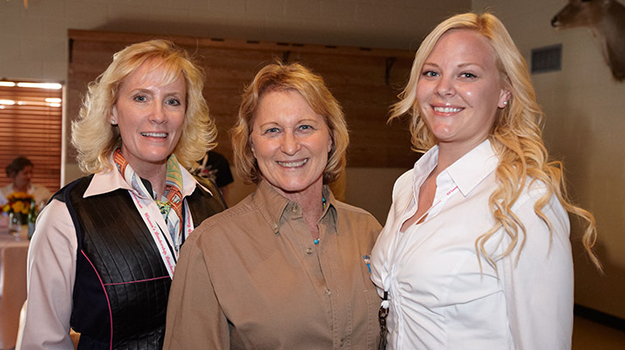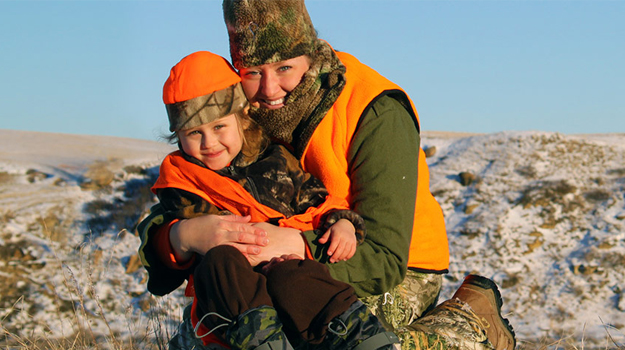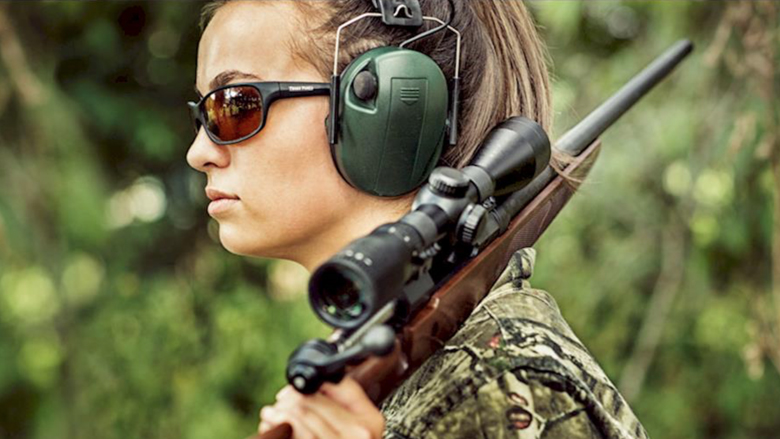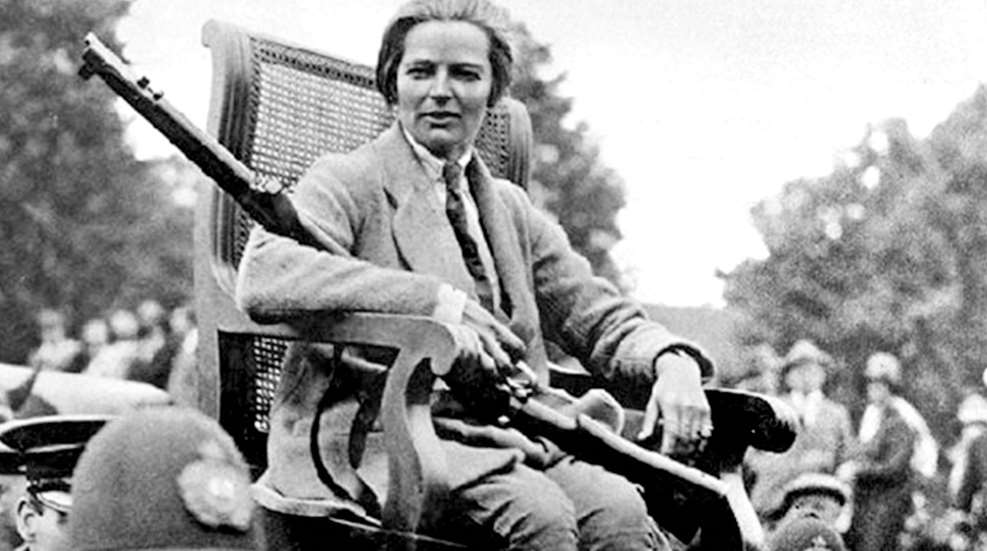
In the year of 1930, in the rolling fields of the Bisley Shooting Ground about an hour away from London, Marjorie Foster made history. After advancing to the final stage of the most prestigious shooting competition in Great Britain, against 99 of the empire’s best marksmen, she secured a bullseye on her last shot with her Lee-Enfield rifle. After the scores were tallied, it was announced that she had become the first woman to win the coveted Sovereign’s Prize since the competition’s inception in 1860. If there is a second place for most famous “shot heard round the world,” it could be the last round to leave Marjorie’s Enfield on that day.
The 37-year-old Marjorie was paraded around the camp grounds in traditional fashion, aboard the champion's chair sporting her familiar attire of gray tweed jacket and breeches and necktie while treating herself to a cigarette. A personal telegram was sent by King George V himself, congratulating her on the historic accomplishment. She was awarded the time-honored prize money of £250, an amount when adjusted for inflation in U.S. dollars would equal close to $30,000. The people of her hometown of Frimley were so proud, they ferried her home onboard the town firetruck while a band played “See the Conquering Hero Comes” and topped off their admiration of her achievement by giving her a car.
The formation of the British National Rifle Association in 1859 (the unconnected American NRA was formed in 1871) was to develop a network of local shooting clubs to train militias of men in how to shoot rifles for the purpose of national defense. They stated their goal as, “We intend to have 100,000 men who can hit a dinner plate at 200 yards and a six-foot target at 1,000.”

Queen Victoria fires the opening shot of the first British NRA full-bore rifle competition held at Wimbledon in 1860. Public Domain
How better to hone shooting skills than a friendly competition? The British NRA’s annual rifle match is officially known as the “Imperial Meeting” and in 1860 Queen Victoria, who reigned at the time, fired the opening shot from a Whitworth rifle. At 400 yards she hit the target just an inch from the center (the rifle was mounted in a machine rest and fired with a pull cord attached to the trigger). Thirty-one years later, in 1891, Winifred Leale of the Guernsey Rifle Club became the first woman to compete in an Imperial Match.

Winifred Leale poses with a Martini-Henry rifle. Public Domain
Marjorie was taught to shoot when she was a child. After several years of involvement in the sport, she put aside the hobby to focus on school. When Great Britain was in the throes of World War I, she joined the Women’s Legion of Motor Drivers. After the war Marjorie partnered with Blanche Badcock, who served as a driver in the Army Service Corps, to raise chickens at a farm at Frimley Green a short distance from the Bisley Shooting Grounds. In 1925 Marjorie encouraged Blanche to learn competitive shooting, and so they joined the South London Rifle Club, the only club at the time that accepted women.

Marjorie Foster (left) and fellow competitive shooter Blanche Badcock at their poultry farm in Frimley Green. Photo courtesy of the Museum of the National Rifle Association (UK)
Marjorie wasn’t the first woman to qualify for the final stage of the prestigious competition. For a period, the NRA competition for the Sovereign’s Prize (the coveted title prize is deemed either the “King’s” or “Queen’s” Prize, based on the U.K.’s current ruling monarch) was only open to current and former military personnel, effectively excluding most women. Both Marjorie and Blanche were eligible to compete due to their service as drivers during World War I. Competitors shot accurized military-issue rifles. In Marjorie’s day, this was the Rifle, Short, Magazine, Lee Enfield (SMLE), a ten shot, bolt action chambered in .303 British, that was the standard arm of the British Empire. All shooting was done with open sights, with Marjorie’s rifle equipped with a rear aperture or “peep” sight.

A Lee-Enfield rifle of the type that Marjorie used for her competitions. Photo courtesy of the National Firearms Museum (U.S.)
When winning in 1930, Marjorie scored higher than 865 competitors (four of them being women) during the meet. The competition is comprised of three stages. Ranges starting at 200 yards culminate in the final 1,000-yard shoot. The top 300 from the first stage advance to the second stage, and then the final cuts the competition down to the King’s 100. A perfect score is 300. Marjorie scored 280 to win the match, beating her closest competitor by one point.
According to the Museum of National Rifle Association (UK), in total Marjorie qualified for the final stage (the King’s 100) on nine different occasions, scoring a second-place position in 1939. She went on to compete in numerous matches, both nationally and internationally, was a shooting instructor, driving instructor, ambulance driver, a nurse, and served in the Auxiliary Territorial Service. Being excluded from the Local Defense Volunteers, or “Home Guard”, during World War II, Marjorie and a number of other women formed the “Amazon Defense Corps,” where they trained fellow females in military and shooting skills.

Marjorie competing in the 1939 competition at Bisley. Photo courtesy of the Museum of the National Rifle Association (UK)
When Blanche died in 1957, Marjorie left the farm at Frimley Green and moved into a bungalow at Bisley Camp where she lived until passing away at the age of 80 in 1974. A road on the campgrounds is named in her honor: “Marjorie Foster’s Way.”

The road named after Marjorie in Bisley Camp. Photo by author.
Marjorie Foster’s win is still, as King George put it, “a wonderful achievement in the history of rifle shooting” and is still “universally acclaimed” in the shooting sports world. The only other women to win the mixed-gender Sovereign’s Prize in its 155-year history are Joanna Hossack in 2000 and Alice Good in 2022. The number of women competitors has increased tremendously since 1930. In 2024’s competition for the King’s Prize, about a dozen women made it all the way to the final stage out of 742 entrants. As an ever-growing contingent in shooting matches around the world, women continue to build upon a foundation laid by Marjorie in 1930.


